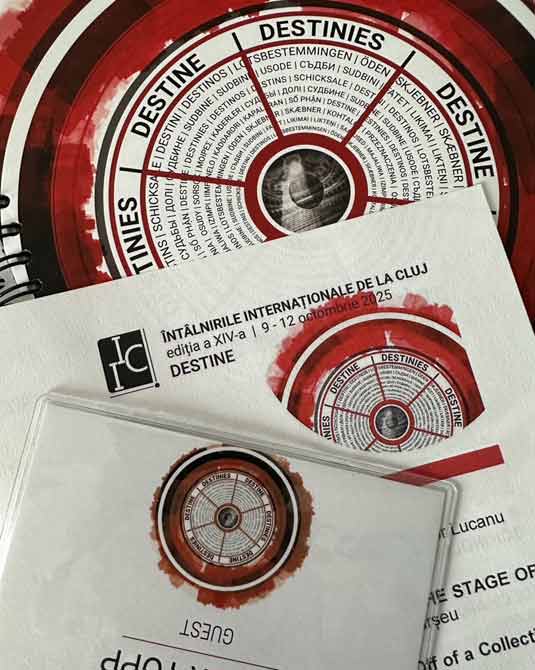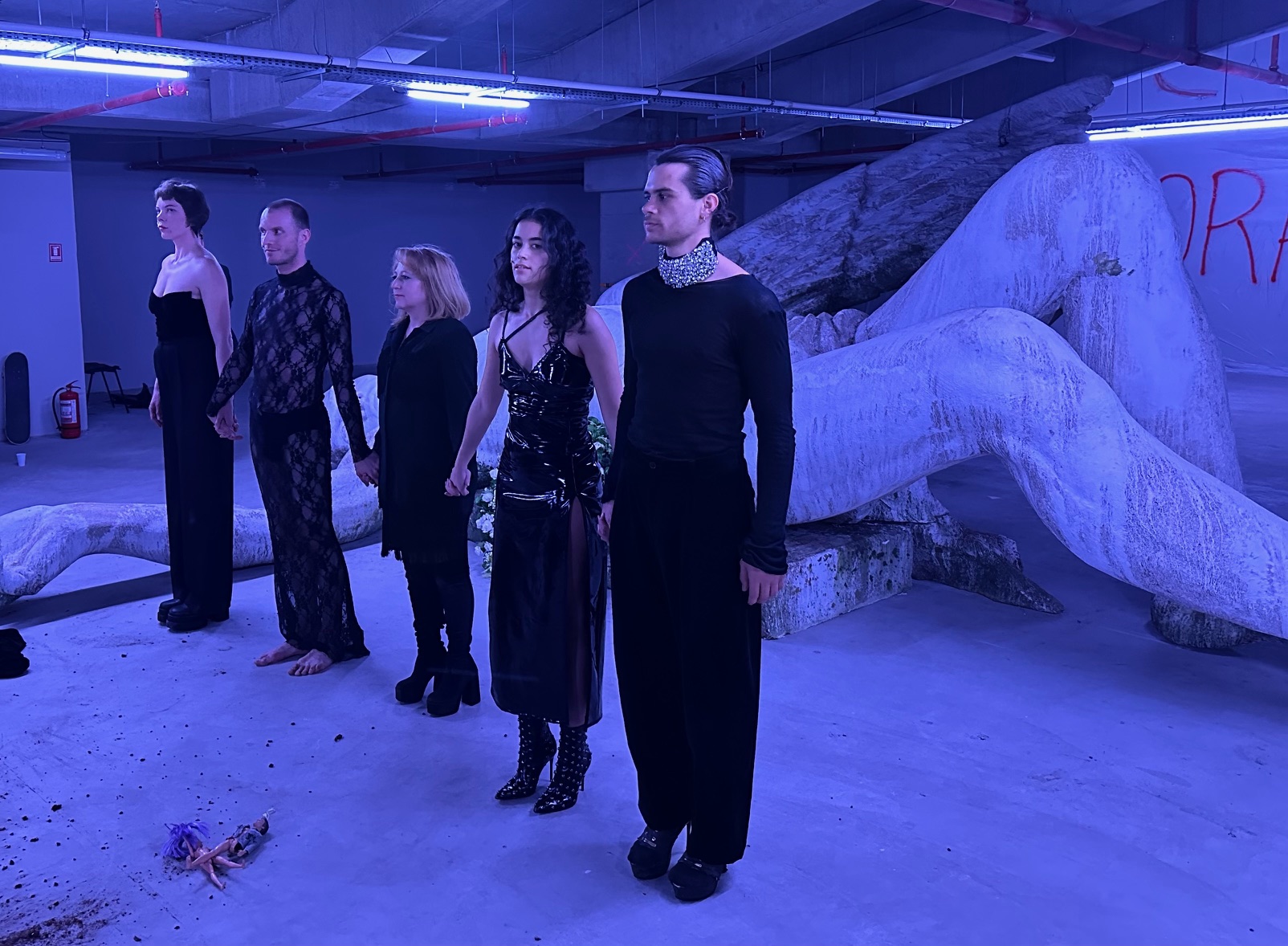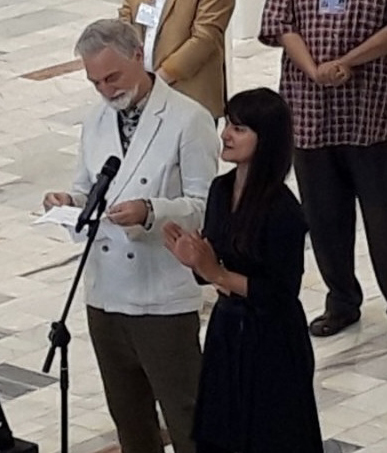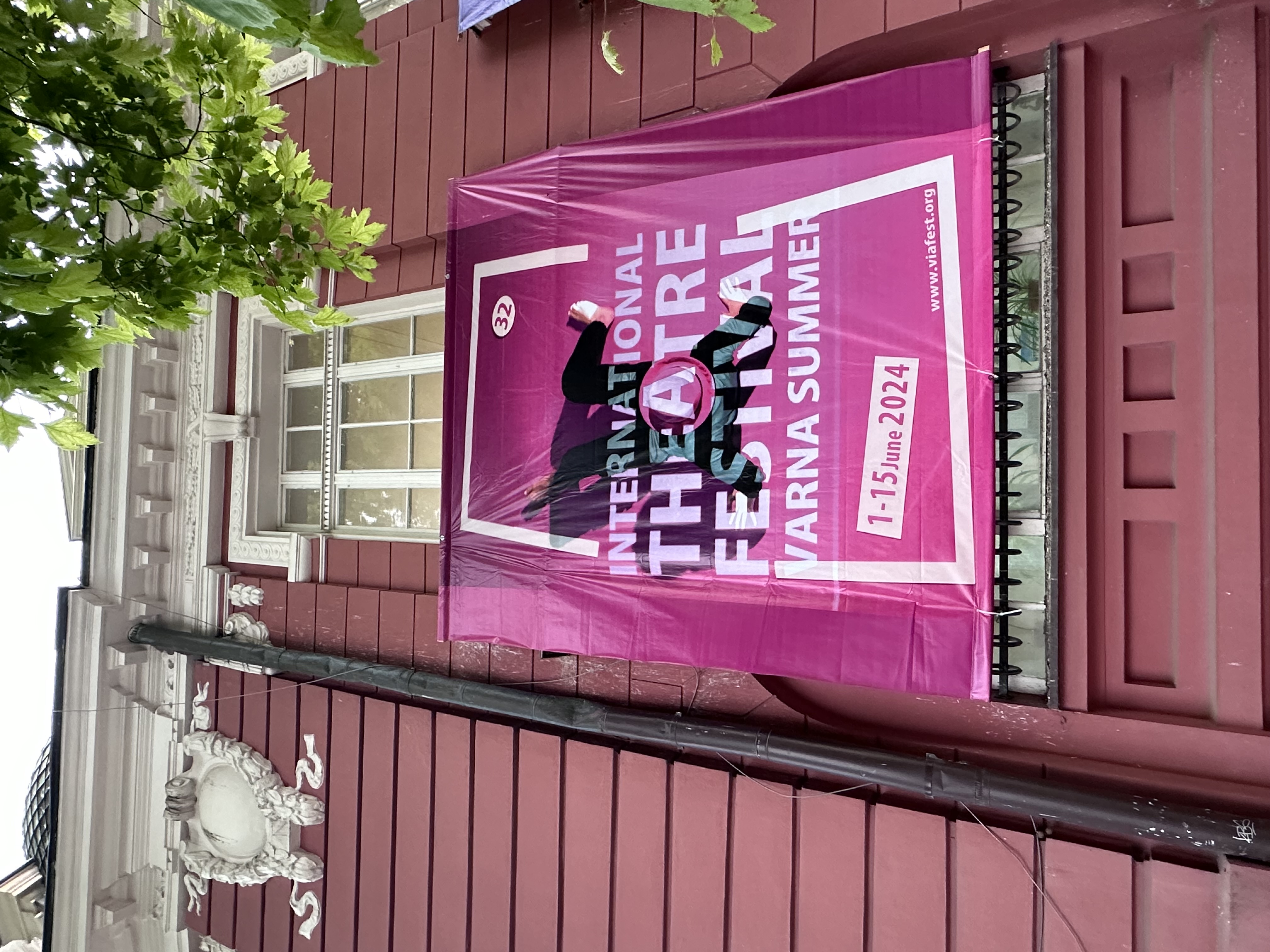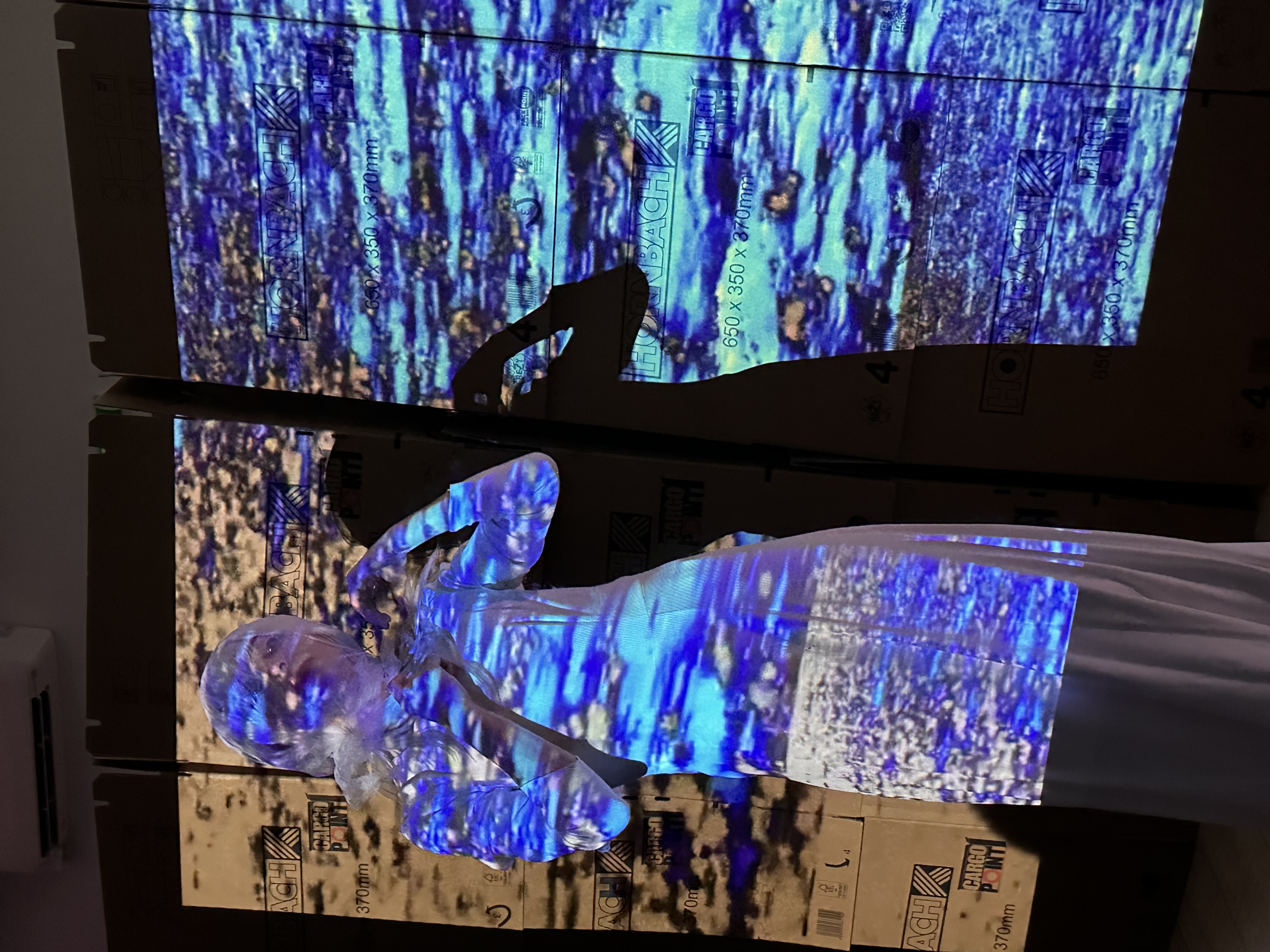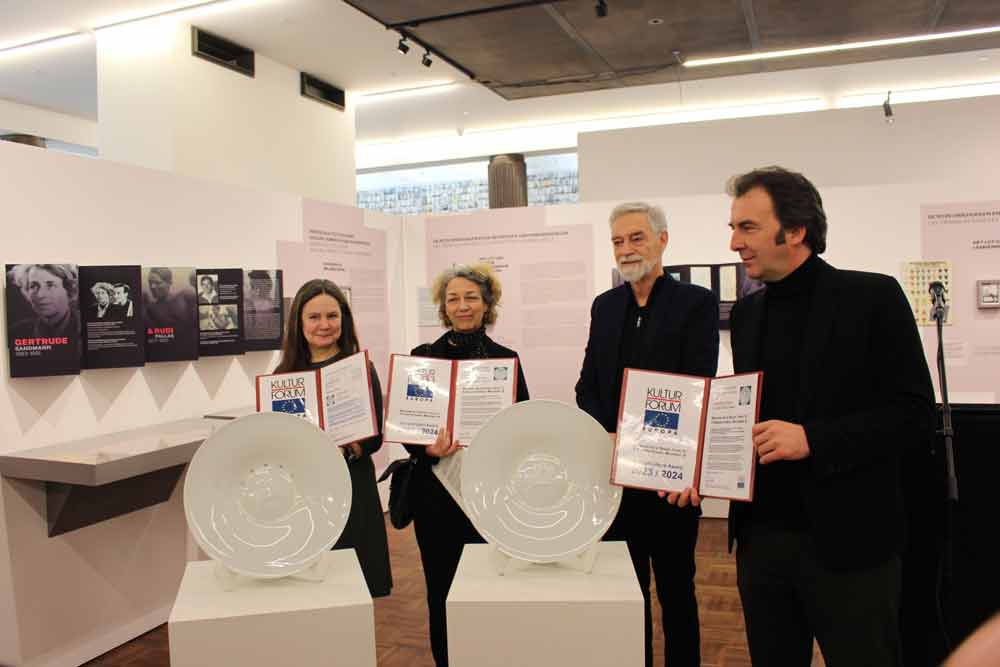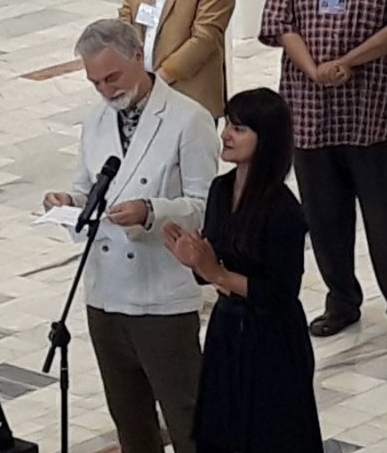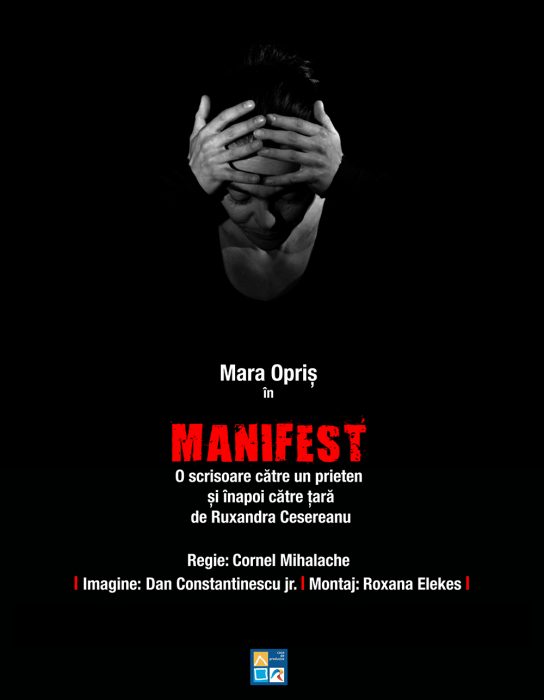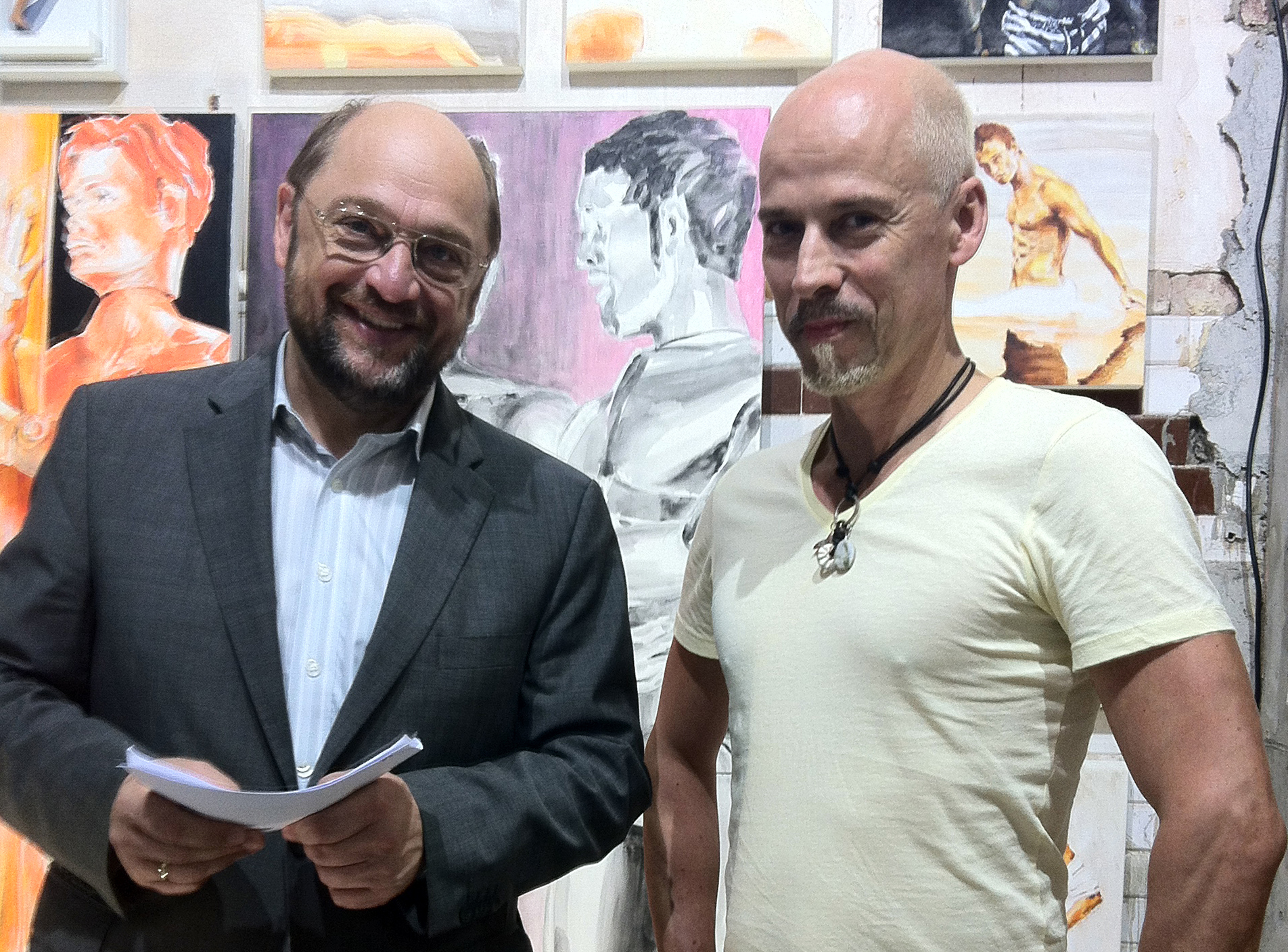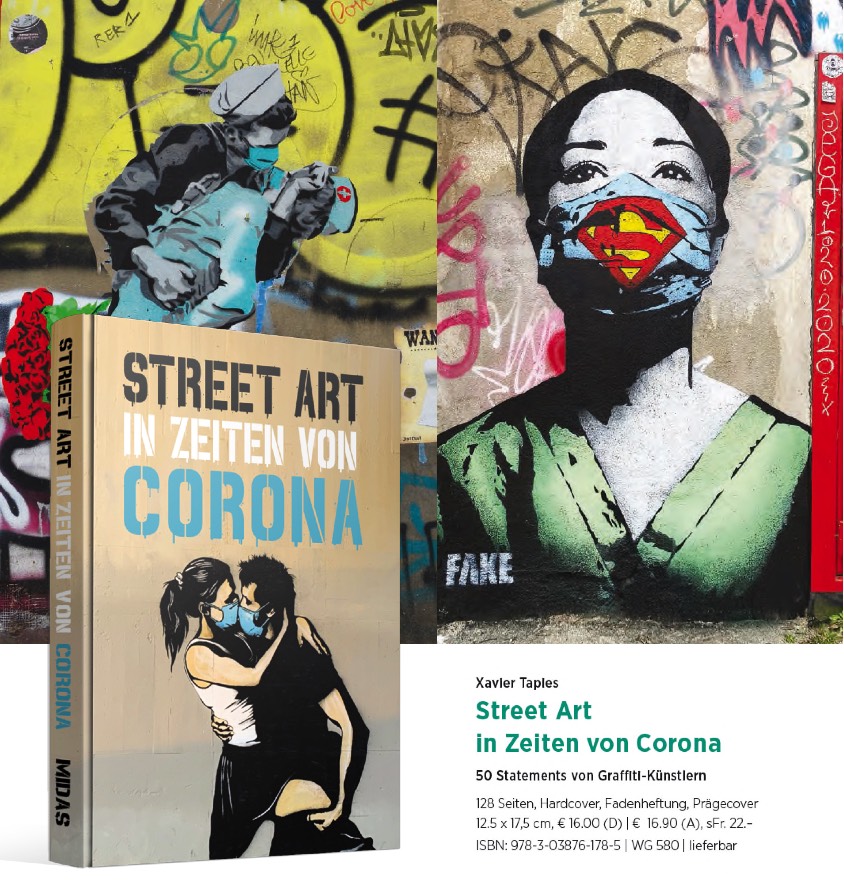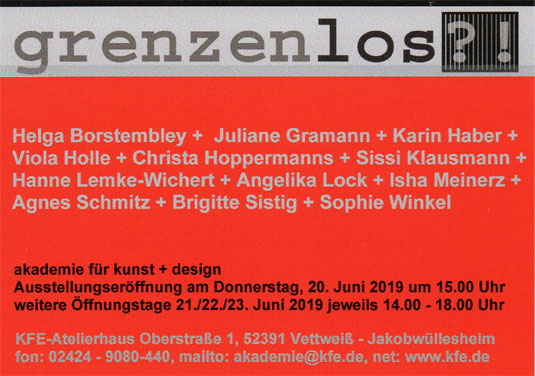Nord-Amsterdam wartet mit spektakulärem Museumsbau und spezifischen Ausstellungen auf
Chantal Akerman, Passages, Empfehlung für einen weiteren Besuch in der niederländischen Metropole
(von Dieter Topp) Während das historische Zentrum Amsterdams mit seinen Museen und Grachten von je her internationale Touristen magisch anzog, ist seit einigen Jahren ein spezielles Highlight ungewöhnlicher Provenienz hinzugekommen. Jenseits des Flusses IJ (ausgesprochen wie das engl. Wort Eye), liegt im ehemaligen Hafen- und Werftgebiet Amsterdam-Nord das futuristische Eye Filmmuseum. Es zeigt typische Elemente des Wiener Architektenteams Delugan Meissl Associates Architects, ähnlich dem Festspielhaus im österreichischen Erl. Beide stammen aus dem Jahr 2012. In Amsterdam ist es gelungen, einen neuen kulturtouristischen Ort zu erzeugen, der sich durch hinzugekommene Attraktionen weiter entfaltet. Durch den Nordausgang des Zentral-Bahnhofs geht's auf eine Fähre, die im Minutentakt den Fluss überwindet und so den Norden der Stadt verkehrstechnisch mühelos angeschlossen hat.
.jpg)
Foto: Denis Guzzo - Eye Filmmuseum
Nicht nur wer den architektonischen Stil des Eye Filmmuseumsbaus mag, darf dieses Highlight nicht auslassen. Licht wird vielfältig auf den glatten, kristallinen Oberflächen reflektiert und verändert im Laufe des Tages mehrfach das Erscheinungsbild des Museumsgebäudes, ein gewollter Effekt, bei dem Bewegung und Licht das außen kreieren, was im Inneren, im Film, das Hauptsächliche ausmacht. „Bewegung und Licht erzeugen standpunktabhängige, atmosphärische Verbindungen, die zwischen extrovertierter Landschaftsreferenz und introvertierter räumlicher Konzentration oszillieren. Begleitet von diesen variablen Wahrnehmungen ähnelt die optische Wandlung des Gebäudes einer Filmsequenz mit veränderlichen visuellen Effekten.“
Spektakuläre filmische Installationen warten im Inneren auf
"Chantal Akerman – Passages"
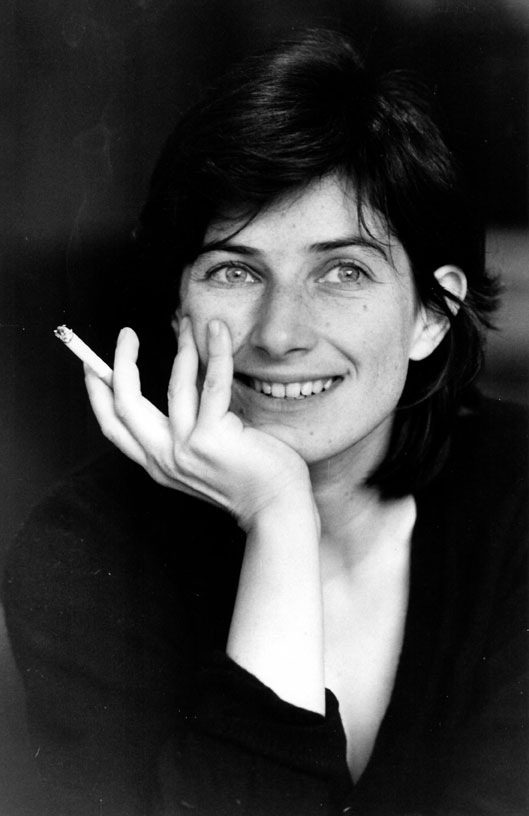 Foto: Chantal Akerman von Kenneth Saunders
Foto: Chantal Akerman von Kenneth Saunders
Noch bis zum 31. August präsentiert das Eye Filmmuseum eine große Einzelausstellung mit Arbeiten von Chantal Akerman. Sie war einer der ersten Filmregisseurinnen, die den Umstieg auf bildende Kunst vollzog. In den 1970er Jahren wurde sie als feministische Avantgarde-Filmemacherin bekannt und entdeckte Mitte der 1990er Jahre die Möglichkeiten der Ausstellung in Galerien. 1995 schuf sie eine große Rauminstallation auf 24 Monitoren, basierend auf „D'Est“, einem Film, den sie ursprünglich als Dokumentarfilm drehte. Damit begann ihre "zweite Karriere" in der Welt der bildenden Kunst.
Als 25-jähriger Aussteigerin aus der Filmakademie erlangte Chantal Akerman 1975 mit "Jeanne Dielman, 23, Quai du Commerce, 1080 Bruxelles", direkt schon Bekanntheit. Dieses subtile, minimalistische Porträt des banalen Chorus einer Brüsseler Hausfrau und Teilzeitprostituierten wurde als Standard des feministischen Avantgarde-Kinos gepriesen. In einem abgespeckten und antidramatischen Stil – später als "slow cinema" bezeichnet – entlarvte Akerman die bedrückende Routine der Existenz einer Hausfrau und gab dem geheimen Leben unzähliger Frauen ein Gesicht.
Ein Großteil von Akermans Pionierarbeit zeugt von ihrer avantgardistischen Herangehensweise an das Medium, das sie einsetzt. Merkmale ihres unverwechselbaren persönlichen Stils sind Weitwinkelaufnahmen, frontale Kamerapositionierung und breite Rahmen, die es ihr ermöglichen, eine neue Interpretation von Zeit und Raum zu schaffen. Ihre Werke verkörpern Geschichte, Erinnerungen, Leben, die normal erscheinen, aber nicht sind. Sie zeigen ein "fast taktiles Gespür dafür, wie es ist, aus respektvoller Entfernung die Menschen und Orte, die sie aufzeichnen, zu beobachten".
Die internationale Kunstwelt erkannte schnell die bemerkenswerte Qualität ihrer visuellen Arbeit. Es folgten Ausstellungen in renommierten Museen, darunter Walker Art Center (1995), Jeu de Paume, Paris (1995), Documenta XI, Kassel (2002) und M HKA, Antwerpen (2012), sowie die Teilnahme an der Biennale in Venedig in den Jahren 2001 und 2015.
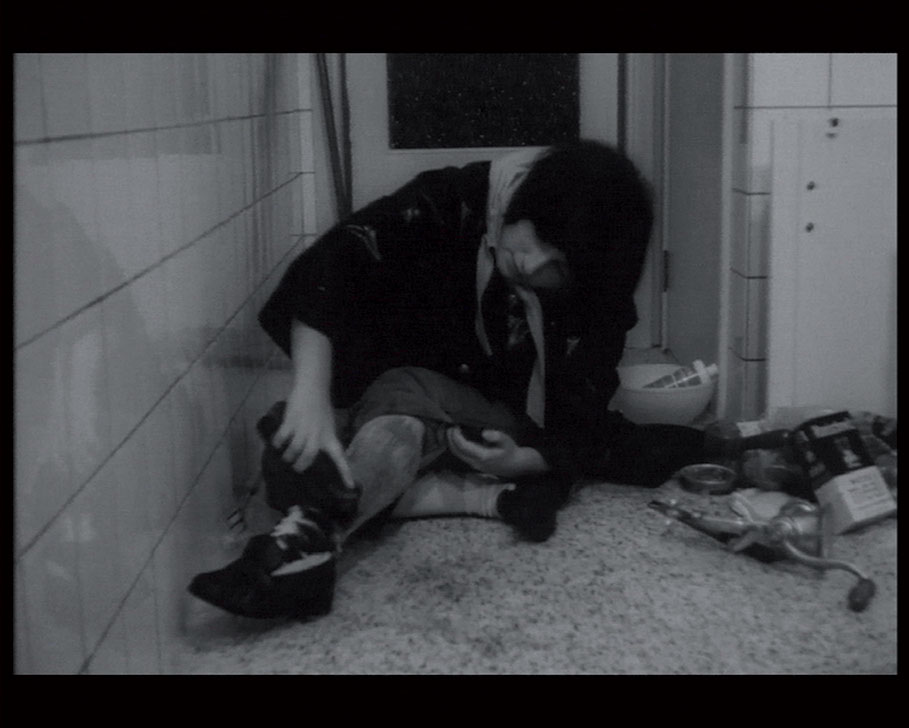 Foto: Émile Outoumov - Chantal Akerman, "Saute ma ville 1968"
Foto: Émile Outoumov - Chantal Akerman, "Saute ma ville 1968"
Chantal Akermans Werk zeichnet sich durch eine losgelöste Annäherung an das aus, was wie "normales Leben" aussieht, wo aber eine Fülle von gewalttätigen Ereignissen, Erinnerungen und Emotionen unter der Oberfläche lauern. Akerman, selbst das Kind eines Auschwitz-Überlebenden, "erhebt das alltäglich Banale ins Bedeutende". Dazu zeigt die Ausstellung acht von Akermans Filminstallationen. Neben „D'Est“ gehören u.a. „Woman Sitting after a Killing (2001)“,“ Tombée de nuit sur Shanghai (2007-2008)“ und ihr letztes Werk NOW (2015).
Begleitet wird die Ausstellung von einer reich bebilderten Publikation mit Texten von Chantal Akerman selbst, ergänzt durch Essays von Cyril Béghin, Dana Linssen und Roos van der Lint.
Weitere Infos unter eyefilm.nl
Die I Amsterdam City Card ermöglicht kostenlosen oder reduzierten Eintritt,
lohnend bei den recht hohen Eintrittspreisen
iamsterdam.com/de
Eye Filmmuseum, North Amsterdam - spectacular venue with specific exhibitions
Recommendation for another visit to the Dutch metropolis
While the historical center of Amsterdam with its museums and canals has always magically attracted international tourists, a special highlight of unusual provenance has been added for some years. Beyond the river IJ (pronounced like the English word Eye), the futuristic Eye Film Museum is located in the former port and shipyard area of Amsterdam North. It shows typical elements of the Viennese team of architects, Delugan Meissl Associates Architects, similar to the Festspielhaus in Erl, Austria. Both dated 2012. In Amsterdam, a new cultural tourism location has been created that is going to be further developed through the addition of attractions. The north exit of the central train station takes you to a ferry that crosses the river every minute and has thus easily connected the north of the city with regard to traffic.
Not only those who like the architectural style of the eye film museum building must not miss this highlight. Light is reflected in a variety of ways on the smooth, crystalline surfaces and changes the appearance of the museum building several times over the course of the day, a deliberate effect in which movement and light create the outside of what is important in the inside, in the film. “Movement and light create point-dependent, atmospheric connections that oscillate between extroverted landscape reference and introverted spatial concentration. Accompanied by these variable perceptions, the optical transformation of the building resembles a film sequence with changing visual effects. "
Spectacular cinematic installations await inside
"Chantal Akerman - Passages"
Until August 31, the Eye Film Museum is presenting a mayor solo exhibition with works by Chantal Akerman. She was one of the first film directors to switch to visual arts. In the 1970s she became known as a feminist avant-garde filmmaker and discovered the possibilities of exhibition in galleries in the mid-1990s. In 1995 she created a large room installation on 24 monitors based on “D'Est”, a film that she originally made as a documentary. This marked the beginning of her "second career" in the world of fine arts.
As a 25-year-old dropout from the film academy, Chantal Akerman gained recognition in 1975 with "Jeanne Dielman, 23, Quai du Commerce, 1080 Bruxelles". This subtle, minimalist portrait of the banal chorus of a Brussels housewife and part-time prostitute was hailed as the standard of avant-garde feminist cinema. In a slimmed-down and anti-dramatic style - later called "slow cinema" - Akerman debunked the oppressive routine of a housewife's existence and gave a face to the secret life of countless women.
Much of Akerman's pioneering work testifies to her avant-garde approach to the medium she uses. Her distinctive personal style is characterized by long shots, frontal camera positioning and wide frames that allow her to create a new interpretation of time and space. Her works embody history, memories, lives that appear normal but are not. They show an "almost tactile sense of what it is like to observe people and places they record from a respectful distance".
The international art world quickly recognized the remarkable quality of their visual work. This was followed by exhibitions in renowned museums, including Walker Art Center (1995), Jeu de Paume, Paris (1995), Documenta XI, Kassel (2002) and M HKA, Antwerp (2012), as well as participation in the Venice Biennale in 2001 and 2015.
Chantal Akerman's work is characterized by a detached approach to what looks like "normal life", but where an abundance of violent events, memories and emotions lurk beneath the surface. Akerman, herself the child of an Auschwitz survivor, "elevates the everyday banal to the level of importance". The exhibition also shows eight of Akerman's film installations. In addition to "D'Est" "Woman Sitting after a Killing (2001)", "Tombée de nuit sur Shanghai (2007-2008)" and her last work NOW (2015).
The exhibition is accompanied by a richly illustrated publication with texts by Chantal Akerman himself, supplemented by essays by Cyril Béghin, Dana Linssen and Roos van der Lint.
Back

